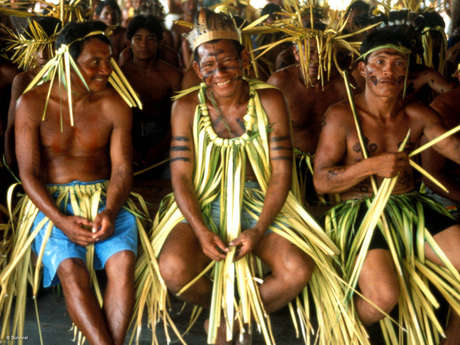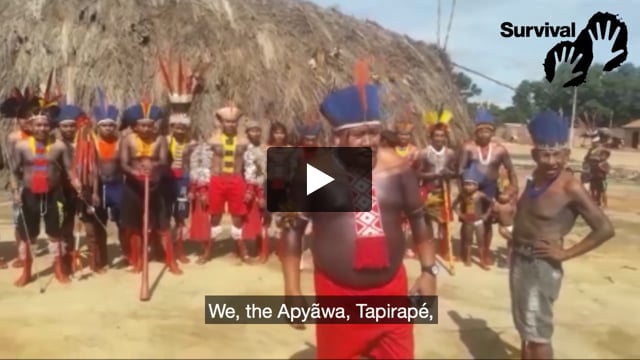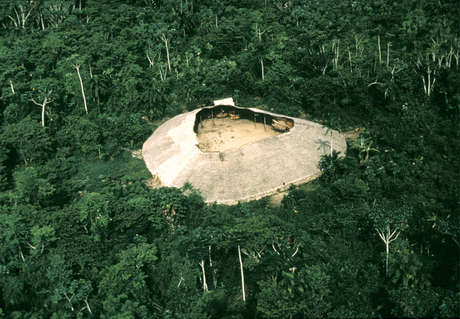NEWS: Unique photo exhibition will highlight Yanomami’s plight
March 10, 2021
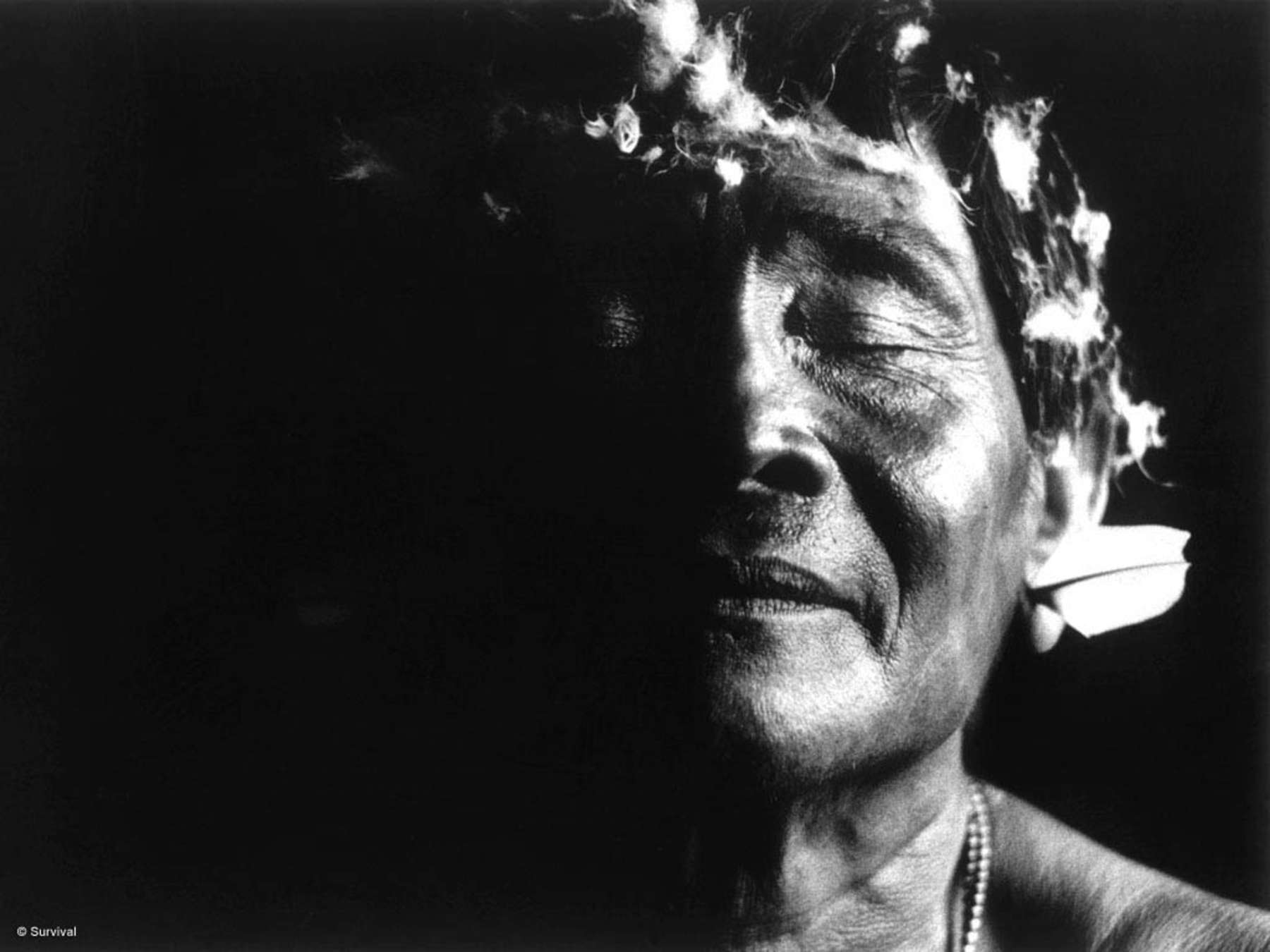
This page was created in 2021 and may contain language which is now outdated.
“Claudia Andujar: The Yanomami Struggle”
The Barbican, London, June 17 – August 29 2021
An exhibition of the extraordinary work of Brazilian photographer Claudia Andujar, opening in June at the Barbican in London, shines a light on the rich and complex cosmology of the Yanomami tribe – an Amazonian people whose very survival is now under threat.
Claudia, who settled in Brazil after escaping Nazi persecution in Europe, developed a close relationship with the Yanomami over many years, and became a redoubtable fighter for their rights.
She co-founded the Pro-Yanomami Commission, and worked with the Yanomami, allies in Brazil, and Survival International globally. She played a key role in securing legal recognition of their territory in 1992.
Her iconic photos were widely used to draw attention to their critical situation. She says: “When I started to photograph, I was seeking for a language in which I could express my feelings. When I started my relationship with the Yanomami, I was interested in how people interpret life – what it means to them. It’s a way of enriching myself. So this is why I was more interested in their rituals…. their spiritual interpretation of life, rather than just photographing an object… What impressed me most and what will stay with me for the rest of my life is their relationship with nature. The Yanomami are always part of nature. Nobody tries to dominate the other. This is what really attracted me in Yanomami thinking.”
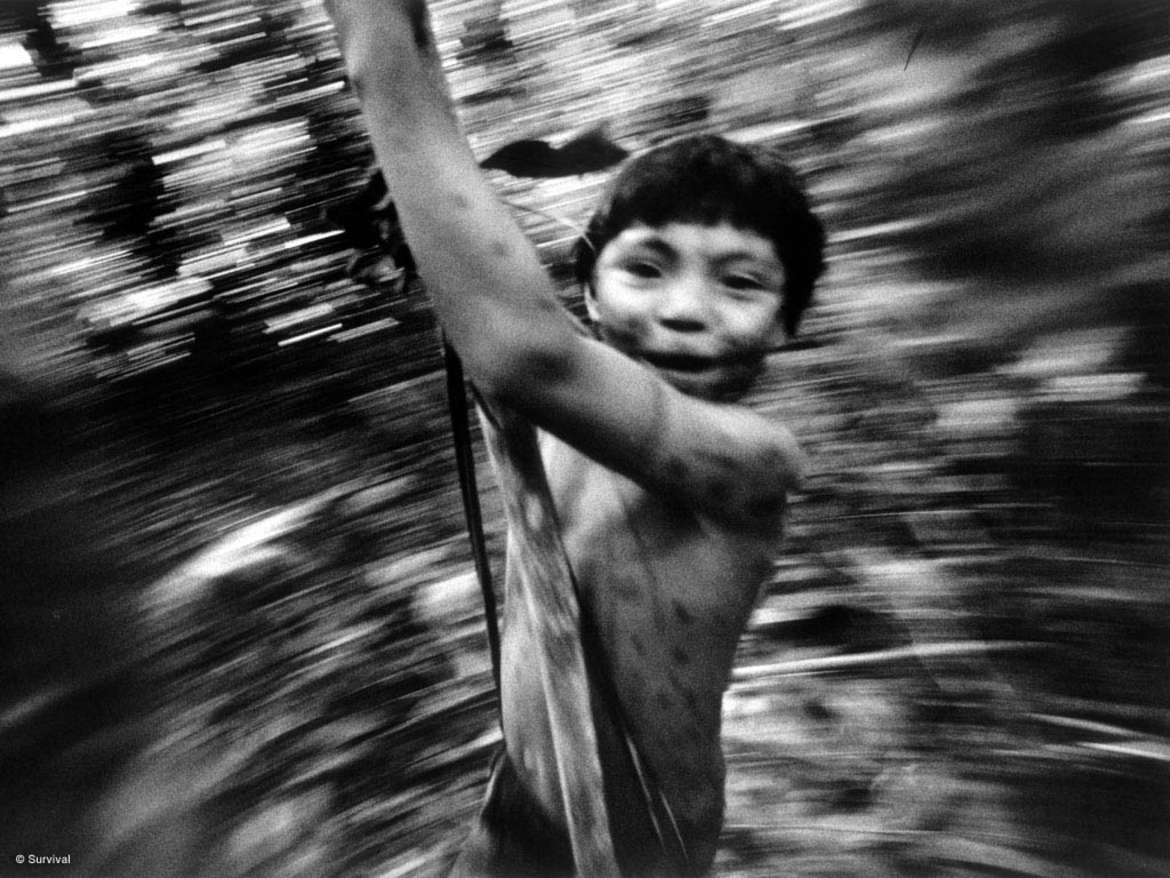
The Yanomami: current threats
But the Yanomami are now under threat as never before. 20,000 illegal gold miners occupy their territory. The miners’ impact has been devastating: Covid-19 and malaria are now rampant, many rivers have been polluted, and increasing numbers of Yanomami are dying – 10 children died in just two communities in January.
With their allies, last year the Yanomami launched the #MinersOutCovidOut campaign: 439,000 people signed their petition calling for government action.
The miners have been spotted operating near uncontacted Yanomami communities, who are especially vulnerable to outside diseases, and to violence from the miners.
President Bolsonaro and his allies are pushing hard to open up all Indigenous lands in Brazil to mining and other industrial activities. The Indigenous movement and Survival are fighting his plans and campaigning to #StopBrazilsGenocide.

The Yanomami and Survival International
Survival International’s relationship with the Yanomami stretches back five decades. It’s the longest-running campaign in our history, now 52 years and counting.
At a time when few outside their territory had heard of them, Survival was protesting at plans to open up the tribe’s lands for mining and road-building.
Gradually the world took notice. In 1989 we brought Yanomami spokesperson Davi Kopenawa to Europe, the first time he’d travelled outside Brazil, and invited Claudia to accompany him. The global campaign culminated in 1992, when the Yanomami territory in Brazil was finally recognized in law. Davi later said: “Without Survival, we’d all be dead.”
Survival has continued working in close collaboration with the Yanomami as they struggle to protect their rainforest home from the constant invasion of their territory.
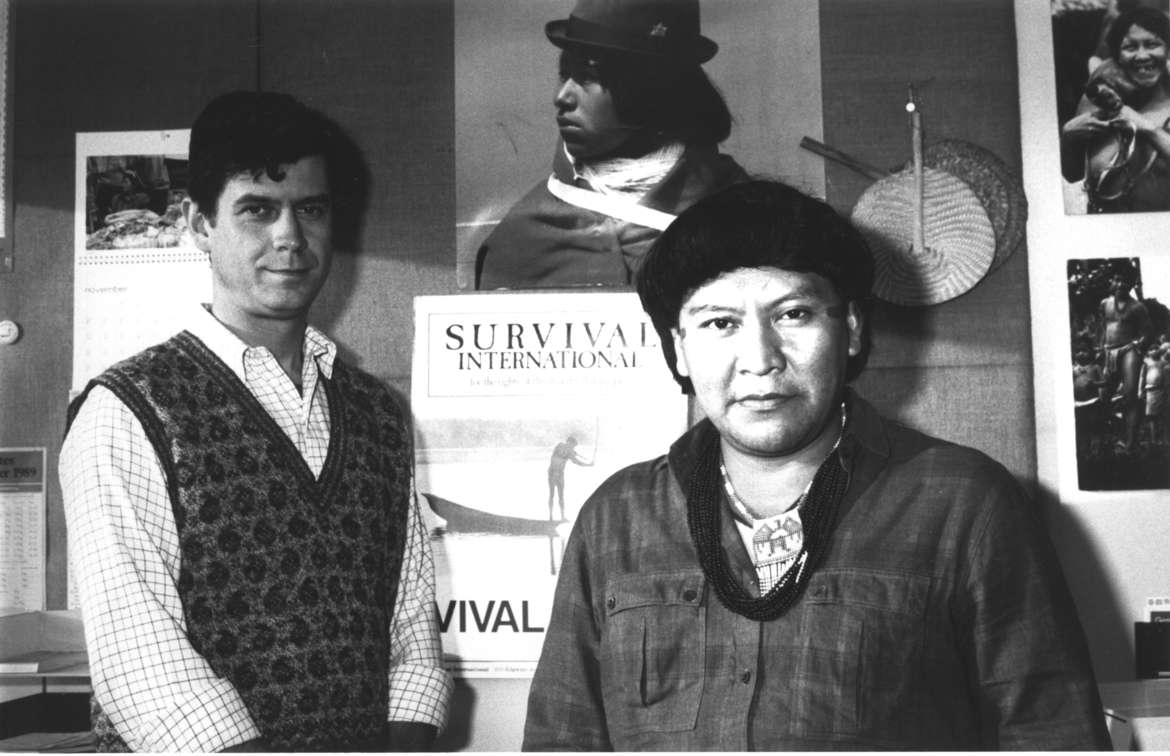
Resources
Survival has many resources for those wishing to cover the exhibition:
- Footage of an exclusive interview with Claudia about her life, and her work with the Yanomami.
- Exclusive footage of a conversation between Davi Yanomami and Oscar-winning actor Mark Rylance, touching on story-telling, death, materialism and much more.
- B-roll footage of daily Yanomami life
- Archival video of the international campaign to protect the Yanomami territory
- Video interviews with renowned leader and shaman Davi Kopenawa Yanomami
- Photos of the Yanomami
- Survival’s Director of Research and Advocacy, Fiona Watson, who has visited and worked with the Yanomami for 30 years, is available for interview
Email [email protected] if you’re interested in these resources.
Notes to Editors:
- The exhibition is curated by Thyago Nogueira, head of contemporary photography at the Instituto Moreira Salles in Brazil, is organized by the Instituto Moreira Salles and supported by Hutukara Associação Yanomami and Instituto Socioambiental.
- To arrange interviews and images contact Angela Dias, Senior Communications Manager at the Barbican +44 207 382 7168, [email protected]
- Claudia Andujar will mark her 90th birthday on June 12.
- Sample Claudia Andujar quotes from Survival’s interview:
“When I started to photograph, I was seeking for a language in which I could express my feelings. When I started my relationship with the Yanomami, I was interested in how people interpret life – what it means to them. It’s a way of enriching myself. So this is why I was more interested in their rituals…. their spiritual interpretation of life, rather than just photographing an object. For me that’s the most important thing in my relationship with people. What impressed me most and what will stay with me for the rest of my life is their relationship with nature. The Yanomami are always part of nature. Nobody tries to dominate the other. This is what really attracted me in Yanomami thinking.”
“My relationship with the Yanomami was very friendly. In a way I’d say I fell in love with them. I took several years to get to know them. Then the construction of the highway and the invasions started which bothered me a lot. I wanted to save these people. I wanted them to live.”
“I felt the photos I’d taken from my first year with the Yanomami were very factual and I was much more interested in getting to understand their culture. I became interested in their beliefs and shamanism which was something that took me into another world… My photographic experience became more involved with these things, I was not just photographing everyday life. 1974 was when the Brazilian government decided to build the road in the territory. I was there and it was something which changed my whole experience. I saw the tragedy – the disease spread. They were people who up to that point only knew traditional illnesses which they usually knew how to cure.”
